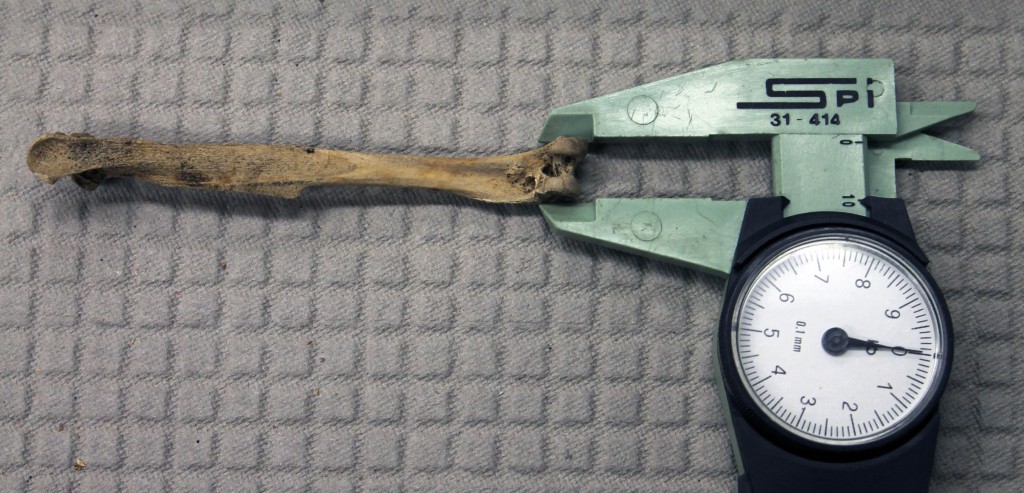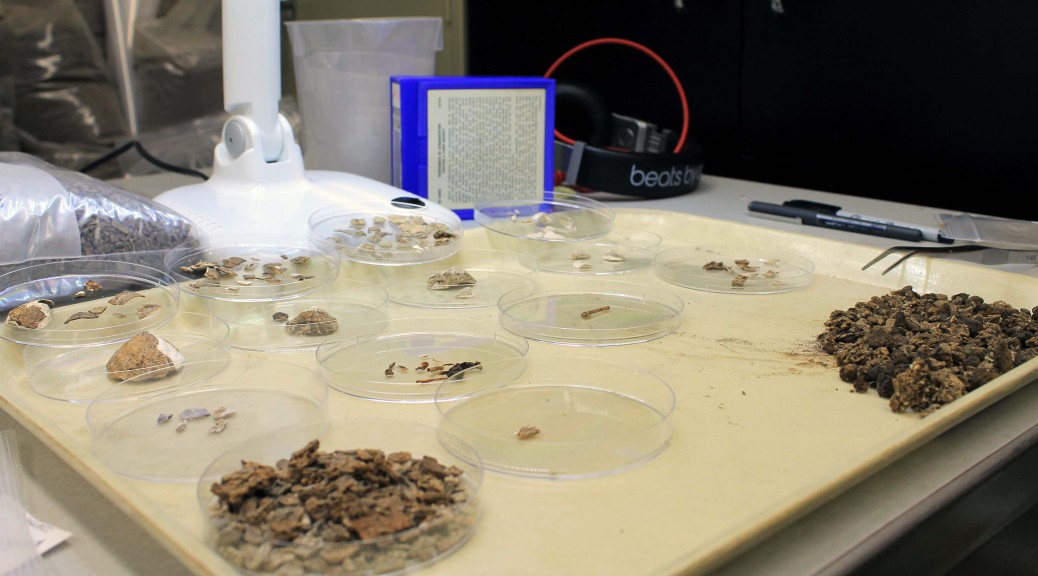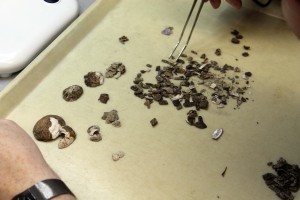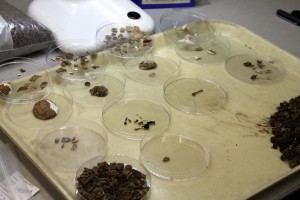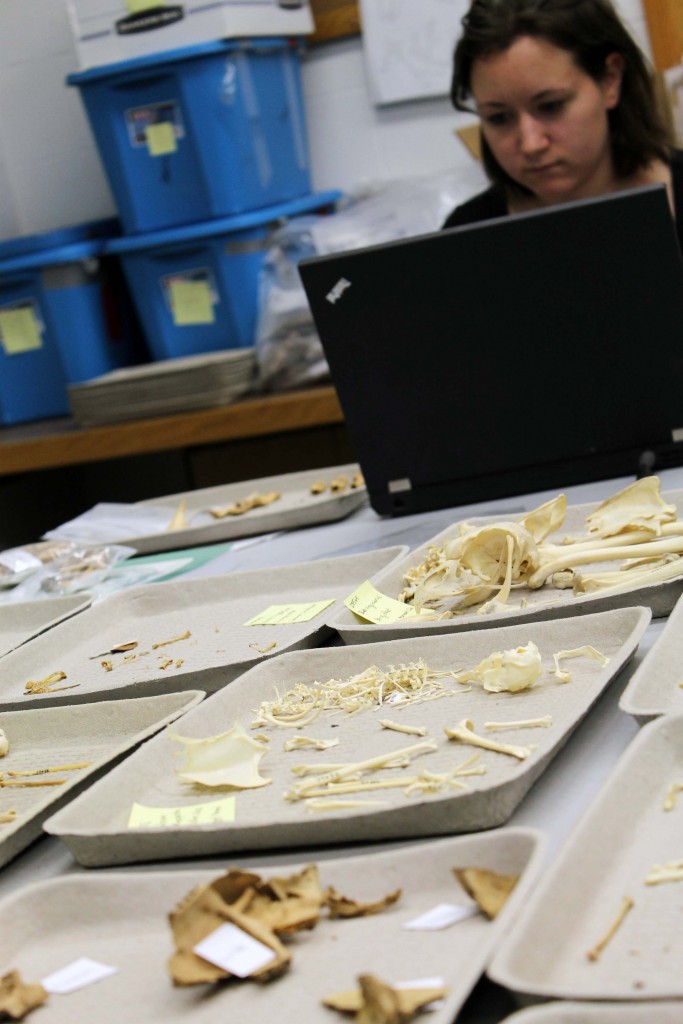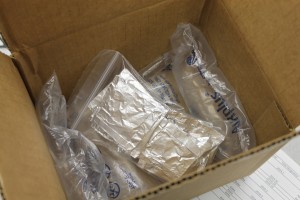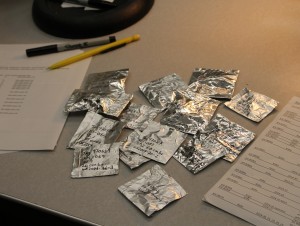Author: Cesar Najarro | B.A. | University at Buffalo
Having photographed numerous artifacts, Professor Funk and I noted that the photos contained a considerable amount of blurriness reducing the focus ability to transmit finer details, and so she asked me to find a technique to enhance the photo quality. With this in mind, this post will be focusing on why I chose to edit the artifact photos in the way I did. In order to do so I first identified the key steps I take when editing photos, namely increasing the photo contrast and sharpening the borders of different colored pixels.
Now, when looking at each photo I had to decide a way to make the colors richer, as I personally believe this gives the color a bolder aspect and when trying to improve the quality of a photo this is a significant factor as it helps increase contrast (consequently blurriness is reduced). My research into Color Theory backs up this idea; referred to as Chroma[1], the notion of darker colors being more intense is supported upon examination of the color wheel, where duller colors are more towards the center and darker colors on the outer rim, as they are more intense.

With this in mind, the modification I made to photos involved using the Curves feature of GIMP, as this gave me the most control over the extent to which I could modify the photo (while Contrast does also do the same, the resulting edit is not as sharp as when modifying the colors using Curves). The way in which I modified the curve was to simply drag the curve along the horizontal axis, because by making the line more vertical the colors became bolder (however this had to be done with some restraint in order to retain the image’s realism; a ratio I found to work was 20;9 (x and y axis respectively).
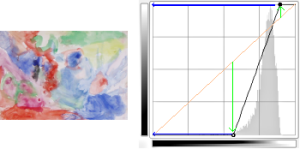

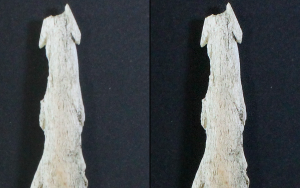
[1] http://www.axaltacs.com/content/dam/NA/HQ/Public/Axalta/Documents/Brochures/AX-Color-Theory.pdf
[2] http://www.certapro.com/uploadedImages/Corporate/Content/Blog_Images/52143744.jpg?n=8232
[3] https://docs.gimp.org/en/gimp-tool-curves.html
